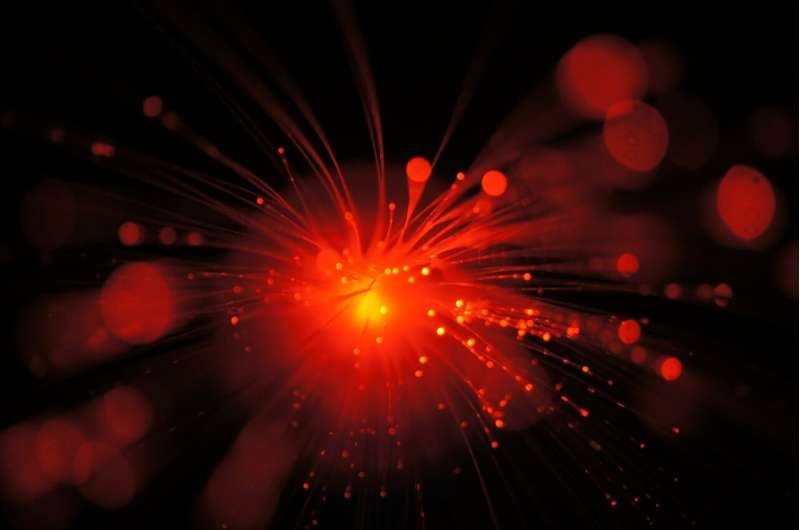New laser meets demanding requirements for driving cutting-edge attosecond light sources

Researchers have combined a fiber-laser system with recent advancements in multi-pass cells to create a laser with a unique combination of few-cycle pulses at high average power, pulse energy and repetition rate and with stable carrier envelope phase (CEP) operation. These characteristics make the new laser ideal for driving next generation attosecond sources, such as those at the Extreme Light Infrastructure (ELI) in Europe.
ELI, the world's largest and most advanced high-power laser infrastructure, will be used to investigate light-matter interactions at the highest intensities and shortest time scales. The beam lines of ELI's Attosecond Light Pulse Source will provide unprecedented performance in generating isolated attosecond pulses and thus have very demanding laser system requirements.
Steffen Hädrich from Active Fiber Systems GmbH in Germany will present the new laser at the Optica (formerly OSA) Laser Congress virtual web conference 3–7 October 2021. Hädrich's talk is scheduled for Monday, 4 October at 11:30 EDT (UTC 04:00).
"The development of such a unique laser system opens up new prospects for secondary sources, e.g. for the generation of isolated attosecond pulses with unprecedented parameters," said Hädrich. These in turn hold promise to advance the understanding of electronic processes on fundamental length- and time-scales and contribute to new discoveries in biology, chemistry, physics and medicine."
To create a laser system that can meet the needs of ELI and other scientific applications, the researchers developed a fiber-chirped pulse amplification system that coherently combines eight amplifier channels. This system emits 300-fs pulses that are then compressed down to the few-cycle regime using two multi-pass cells. The first multi-pass cell uses standard dielectric mirrors to achieve 1.7 mJ pulses with a duration less than 35 fs. The second cell uses metal-based mirrors to achieve a pulse duration of just 5.8 fs at a pulse energy of 1.1 mJ, 110 W average power and repetition rate of 100 kHz.
Stable CEP operation is needed to fully utilize the high average power and fast repetition rate of the laser. The researchers accomplished this by measuring the CEP of each pulse using a single stereo-ATI phasemeter that can characterize noise over the full frequency spectrum. The CEP measurements were sent to a PID controller, creating a feedback loop that enabled ~400 mrad of CEP noise.
"We demonstrated the shortest pulses and highest compressed average power that has been achieved for few-cycle MPCs with 110 W at the 100 kHz pulse repetition rate," said Hädrich. "With further improvements, we hope to also achieve less than 300 mrad of CEP noise soon."
Hädrich adds, "The presented laser system meets the requirement for the HR1 laser of ELI-ALPS. We are in the process of scaling this approach towards the HR2 parameters, i.e. to implement this concept for the demonstration of a 500W, 5mJ, 6fs CEP-stable laser system."
Provided by The Optical Society





















